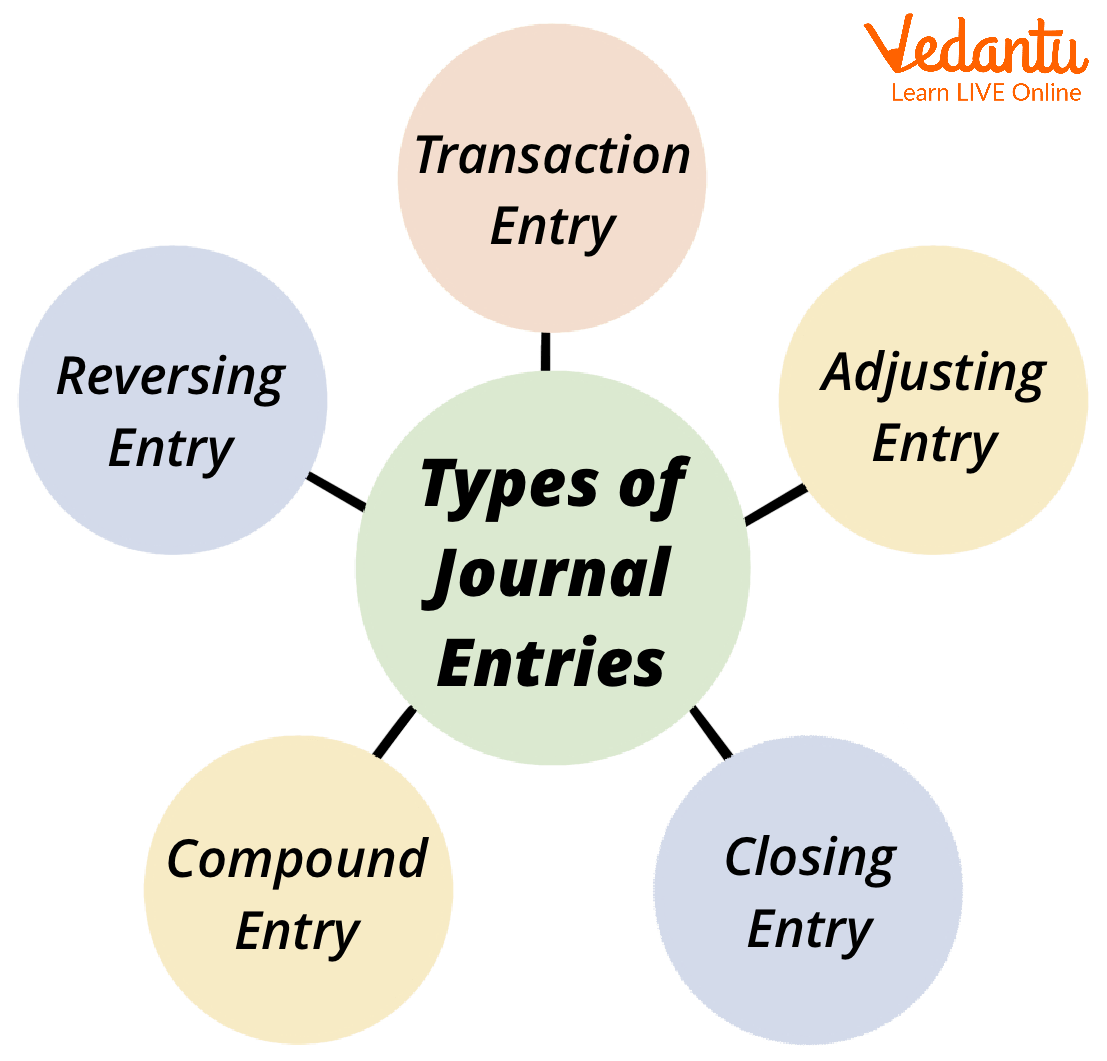
Fair value, in theory, is equivalent to the current market price of an asset. However, the historical cost of an asset is not necessarily relevant at a later point in time. recording and tracking capital and operating leases If a company purchased a building several decades ago, then the contemporary market value of the building could be worth a lot more than the balance sheet indicates.
What are Mark to Market Losses and Gains?
Mark-to-market accounting can make profits look higher, which is sometimes preferred if managerial bonuses are based on profit numbers. Mark to market profit and loss calculations help you understand how much profit or loss you incurred during a given period, regardless of whether the positions were open or closed. Marked to market calculations assume that all open positions and transactions are settled at the end of the day and new positions are opened the next day. In the United States, GAAP does not recognize any increases in value of long-lived assets. Only if the asset were sold would we recognize any increase in value and, of course, it would then no longer be owned or controlled by the entity and would be off the books.
Should I Start a Business or Create Passive Income?
Margin trading involves borrowing money from a brokerage in order to increase purchasing power. • It can be problematic during periods of increased economic volatility. It may be more difficult to estimate the value of a company’s assets or net worth when the market is experiencing uncertainty or overall momentum is trending toward an economic downturn.
Example 1: Investment in Equity Shares
The statement known as SFAS 157–Fair Value Measurements provides a definition of « fair value » and how to measure it in accordance with generally accepted accounting principles (GAAP). Futures indicate where the market will be heading towards over the next few sessions, whereas fair value is the futures rate before the market opening adjusts for purchasing shares at the opening. Fair value is the cost of buying shares based on the value of the stock market futures that expire at the next expiry date. This is not a major disadvantage but mark to market accounting cannot tell how the price at the closing bell was formed.

Cash Flow Statement
Mark to market settlement is the process of settling financial contracts at their current market values. Assume a trader buys 100 shares of ABC company at a price of Rs. 50 per share. The trader then sets a stop loss at Rs. 45 to limit potential marked to market losses.
- Mark to Market accounting ensures your financial reporting aligns with the ongoing economic environment.
- It is because, under the first method, the value of the assets must be maintained at the original purchase cost.
- This can have a boomerang effect and drive further economic decline, as it did in the 1930s when banks marked down assets following the 1929 stock market crash.
- Therefore, the amount of funds available is more than the value of cash (or equivalents).
This method failed to provide the actual value of the asset in the current times as the information used was outdated and irrelevant to the current market scenario. For example, if a company holds financial assets such as MTM in stocks or bonds, changes in the market value of those assets can impact the company’s net income. If the market value of the assets increases, the company will report a gain.
These losses can severely impact financial statements, especially during market downturns, and affect tax planning. Consider a situation wherein a farmer takes a short position in 10 rice futures contracts. It is done in order to hedge against the trend of falling commodity prices in the current markets. Mark to Market Accounting means recording the value of the balance sheet assets or liabilities at the current market value to provide a fair appraisal of the company’s financials.
Daily marketing to market reduces counterparty risk for the investors in Futures contracts. Mark-to-market (MTM) is an accounting practice used to value assets and liabilities at their current market prices, ensuring financial statements reflect their fair market value. Accounting for Mark to Market (MTM) involves recording the gains or losses of financial instruments in a company’s financial statements. This involves adjusting the asset’s value to its current market price, which can result in a gain or loss. Mark to market losses can be amplified during a financial crisis when it’s difficult to accurately determine the fair market value of an asset or security.
For example, if a trader buys a futures contract for a specific price and the market price of that contract drops. Thereafter, the trader will have to deposit additional funds to cover the potential loss resulting from the decline in the market price. The second step in the mark-to-market process is to determine the current market price of the financial instrument. This is typically the price at which the asset can be sold in the market. For example, the failure of some regional banks in March 2023 was due in part to those banks’ reporting of unrealized losses on their bond portfolios. Such reports can spook investors and depositors, potentially creating the conditions for a bank run.



